Product Consultation
Your email address will not be published. Required fields are marked *
As structures reach greater heights and extend into challenging terrains—be it dense urban centers or offshore environments—the technical capabilities of piling machines must evolve to meet the increasing demands for precision, efficiency, and durability.
At the core of this technological evolution lies one of the most crucial components: the hydraulic cylinder . More than just a mechanical actuator, the hydraulic cylinder is the driving force behind pile installation, extraction, alignment control, and auxiliary operations. This article provides an in-depth exploration of the design principles, performance requirements, material innovations, and system integration strategies that define modern hydraulic cylinders used in piling equipment.
The Functional Backbone of Piling Machinery
Piling machines are tasked with transferring structural loads through unstable surface layers down to load-bearing strata beneath the earth’s surface. To accomplish this, they employ various methods—impact driving, vibration, pressing, and drilling—each requiring precise hydraulic actuation to deliver and regulate immense forces.
Hydraulic cylinders within these systems perform several critical functions:
Impact force generation in hydraulic pile drivers
Vibration damping and motion control in vibratory hammers
Clamping and guiding mechanisms for pile stabilization
Boom extension and mast positioning for multi-axis operation
Supporting ancillary devices such as winches, stabilizers, and stabilizing legs
These diverse roles demand cylinders capable of operating under extreme pressures, repetitive cycles, and harsh environmental conditions , often in remote or marine settings where maintenance intervals are infrequent and downtime costly.
Design Fundamentals and Engineering Considerations
A well-engineered hydraulic cylinder for piling applications must balance mechanical strength, dynamic response, sealing integrity, and fatigue resistance . Key design parameters include:
1. Operating Pressure and Load Capacity
Modern piling machines operate at hydraulic pressures exceeding 30 MPa (4,350 psi) . High-load designs incorporate reinforced piston rods, oversized bearings, and optimized porting to ensure smooth oil flow without causing pressure spikes or cavitation.
2. Rod Diameter and Buckling Resistance
To prevent lateral deflection under compressive loads, rod diameters are carefully calculated based on Euler's buckling theory, ensuring structural stability even during prolonged use in inclined or off-center positions.
3. Cylinder Volume and Stroke Length
Piling machines often require long-stroke cylinders for pile extraction and mast adjustment. Telescopic multi-stage cylinders are frequently used in boom extensions, offering compact retracted profiles while delivering extended reach.
4. Mounting Configurations
Different mounting styles—such as clevis, trunnion, and flange mounts—are employed depending on operational needs. These affect not only mechanical alignment but also the distribution of stress across pivot points.
Material Science and Durability Enhancements
Given the aggressive working environments typical of piling sites—dust-laden air, abrasive soils, moisture exposure, and significant mechanical shock—material selection is paramount in prolonging service life.
Cylinder Barrel and Piston Rod Construction
High-grade carbon steel (e.g., CK45, SAE 1045 ) or alloy steel (e.g., 42CrMo4 ) is commonly used for cylinder barrels and rods, often heat-treated for improved hardness and wear resistance. In some cases, stainless steel or corrosion-resistant coatings are specified for coastal or offshore operations.
Surface Treatments
To combat wear and corrosion, manufacturers apply treatments such as:
Hard chrome plating for increased surface hardness and low friction
Nitriding or induction hardening to enhance fatigue resistance
Epoxy or polyurethane coatings for exterior protection against rust and chemical exposure
Sealing Technologies
Advanced sealing solutions using materials like polytetrafluoroethylene (PTFE), thermoplastic polyurethane (TPU), or fluoroelastomers (FKM) enable reliable performance under high pressure and temperature fluctuations. Additionally, integrated wiper rings help keep contaminants out, preserving internal component integrity.
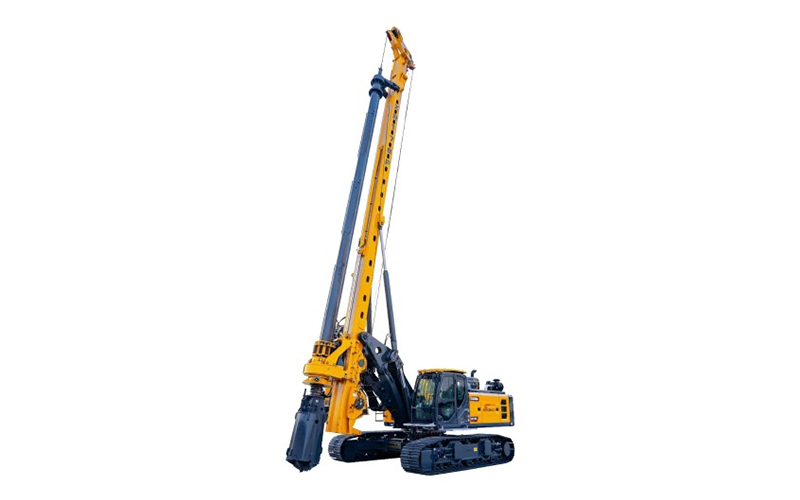
Integration with Intelligent Hydraulic Systems
The rise of smart construction technologies has ushered in a new era of hydraulic system intelligence , where real-time data acquisition and adaptive control redefine cylinder performance.
Modern piling machines are increasingly equipped with:
Pressure and displacement sensors embedded in cylinder assemblies
Programmable logic controllers (PLCs) for adaptive pressure modulation
Load feedback loops that adjust stroke and force output dynamically
Telematics modules for remote diagnostics and predictive maintenance alerts
Such integration enables:
Optimized energy consumption
Reduced mechanical stress and wear
Enhanced safety through overload protection
Precise pile depth and force tracking for quality assurance
Moreover, compatibility with Building Information Modeling (BIM) platforms allows for seamless coordination between machine behavior and digital construction planning, further streamlining project execution.
Application-Specific Cylinder Configurations
Different piling techniques impose unique mechanical and operational demands on hydraulic cylinders, leading to specialized configurations:
Impact Pile Drivers
Require high-speed, high-force cylinders that can rapidly cycle to drive piles into resistant soils. Accumulator-based systems store hydraulic energy for quick release, mimicking traditional drop-hammer dynamics.
Vibratory Hammers
Utilize multi-cylinder setups for synchronized clamp activation and directional control. These systems must endure cyclical vibrations without inducing resonance or fatigue failure.
Press-In Piling Rigs
Employ low-speed, high-pressure cylinders designed for continuous thrust application. Precision metering ensures uniform loading and minimizes soil disturbance.
Drilling Rigs
Use cylinders for feed control, mast tilting, and tool positioning , often incorporating position-sensing technology to maintain verticality and depth accuracy.
Each configuration reflects a tailored approach to maximizing performance within its respective application domain.
Maintenance Strategies and Lifecycle Management
Maintaining optimal performance requires a proactive approach to cylinder upkeep, particularly in high-duty-cycle applications such as continuous pile driving.
Key maintenance practices include:
Regular inspection of seals, rods, and barrel surfaces
Monitoring hydraulic fluid condition and contamination levels
Replacing worn components before failure occurs
Implementing scheduled overhauls aligned with manufacturer guidelines
Furthermore, adherence to ISO 19973 series standards for pneumatic and hydraulic component testing ensures reliability and facilitates troubleshooting across global operations.
Sustainability and Future Development Trends
As the construction industry moves toward green building practices and circular economy models , the future of hydraulic cylinders in piling machinery is being shaped by sustainability-driven innovations:
Biodegradable hydraulic fluids derived from vegetable oils or synthetic esters reduce environmental impact in case of leaks.
Recyclable materials and modular designs simplify end-of-life recovery and reuse.
Energy-efficient pump systems and regenerative circuits minimize hydraulic losses and fuel consumption.
Digital twins and AI-enhanced predictive analytics allow for smarter maintenance scheduling and resource allocation.
Additionally, research into electro-hydraulic hybrid actuators and shape-memory alloys could lead to next-generation cylinder alternatives that offer faster response times and lower lifecycle costs.
Your email address will not be published. Required fields are marked *
Marvelous Design Meets Rigorous Manufacturing
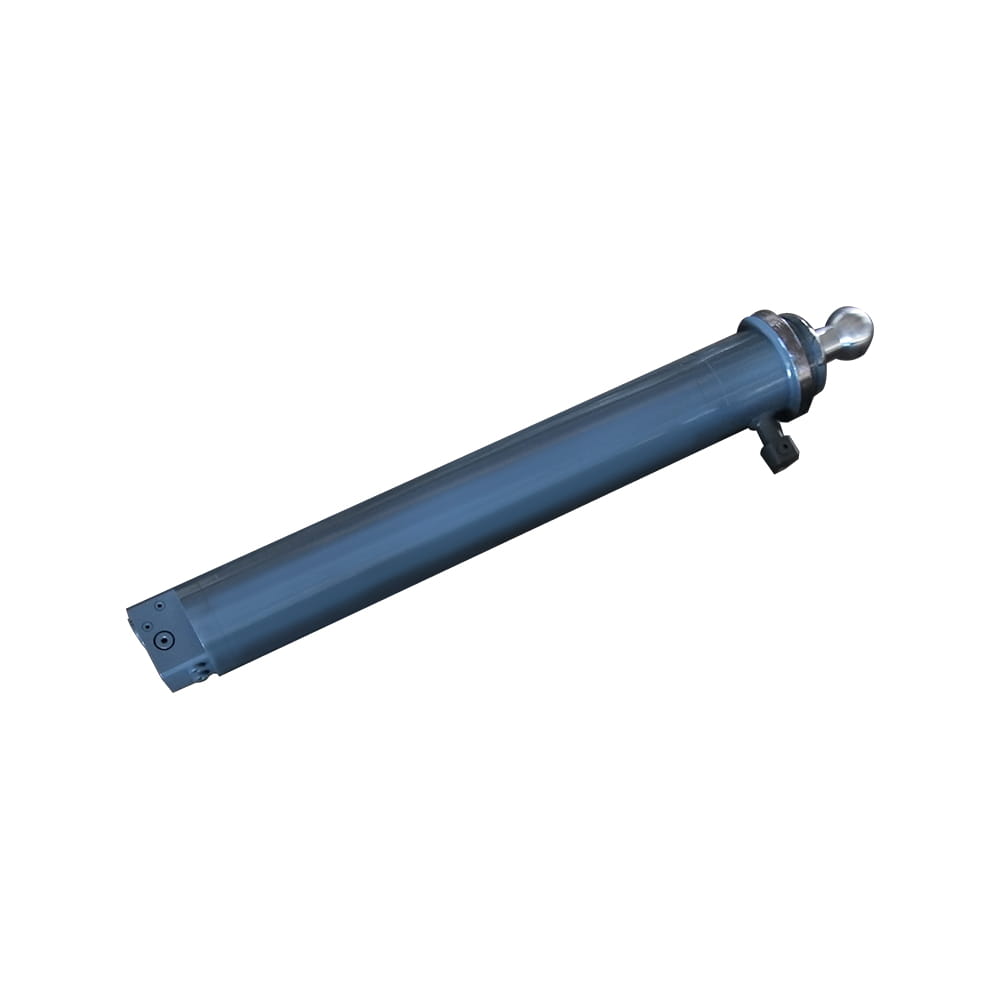 Scissor Lift Aerial Platform Hydraulic Outrigger Cylinder
Scissor Lift Aerial Platform Hydraulic Outrigger Cylinder
Function: Firmly Supports the Vehicle: Ensures stability during operation. The ball-head foot automatically levels on slopes, while the integrated balance valve...
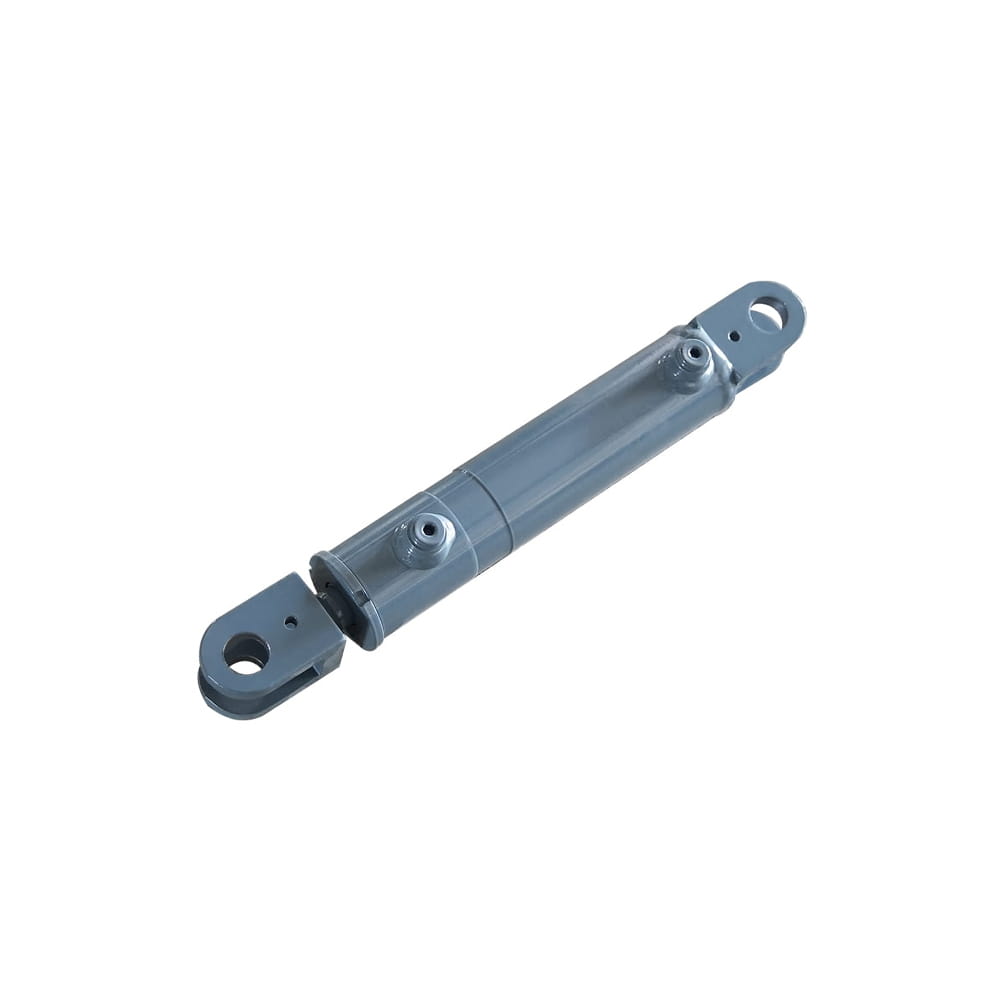 Scissor Lift Aerial Platform Hydraulic Steering Cylinder
Scissor Lift Aerial Platform Hydraulic Steering Cylinder
Function: Connecting Chassis and Wheel Hub: Through hydraulic pressure, drives the piston rod to move, enabling precise wheel hub rotation. This ensures platfor...
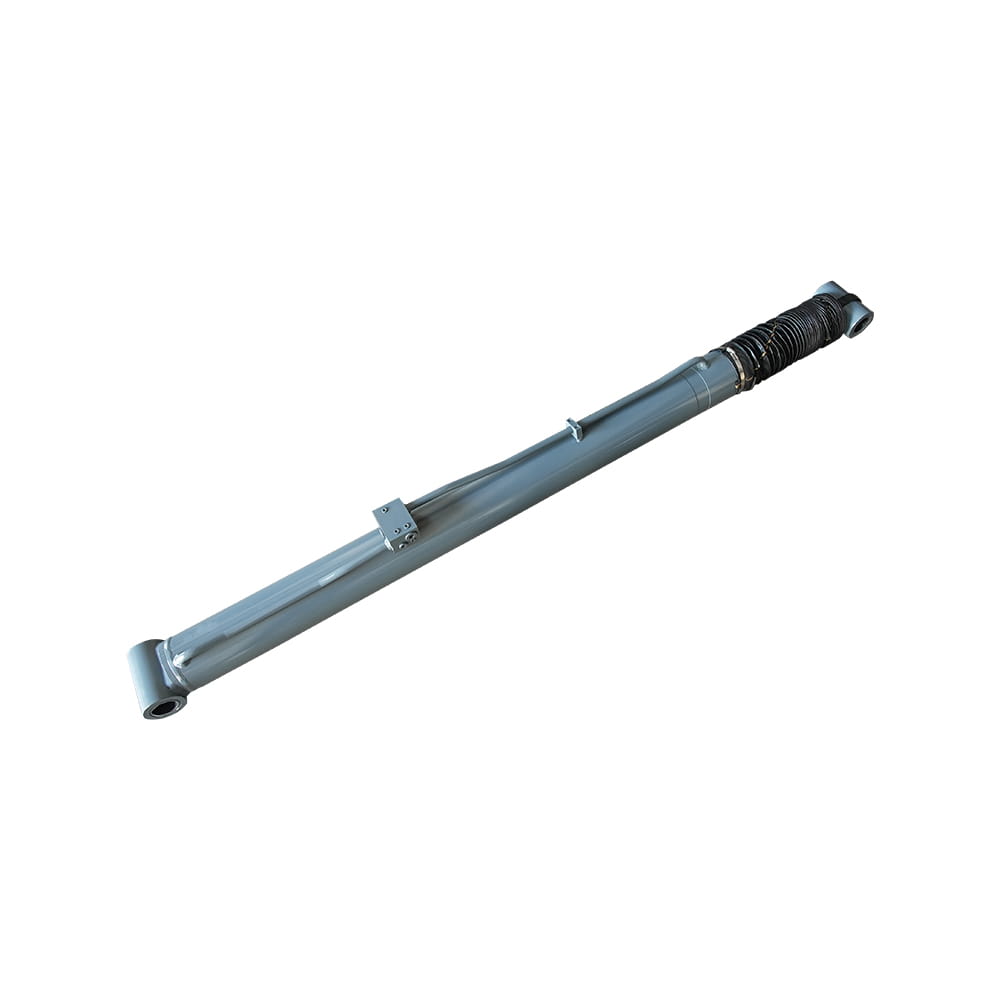 Boom Lift Aerial Platform Hydraulic Luffing Cylinder
Boom Lift Aerial Platform Hydraulic Luffing Cylinder
Function: Adjust the angle of the telescopic arm to flexibly position the work platform at various heights and positions, meeting diverse aerial work requiremen...
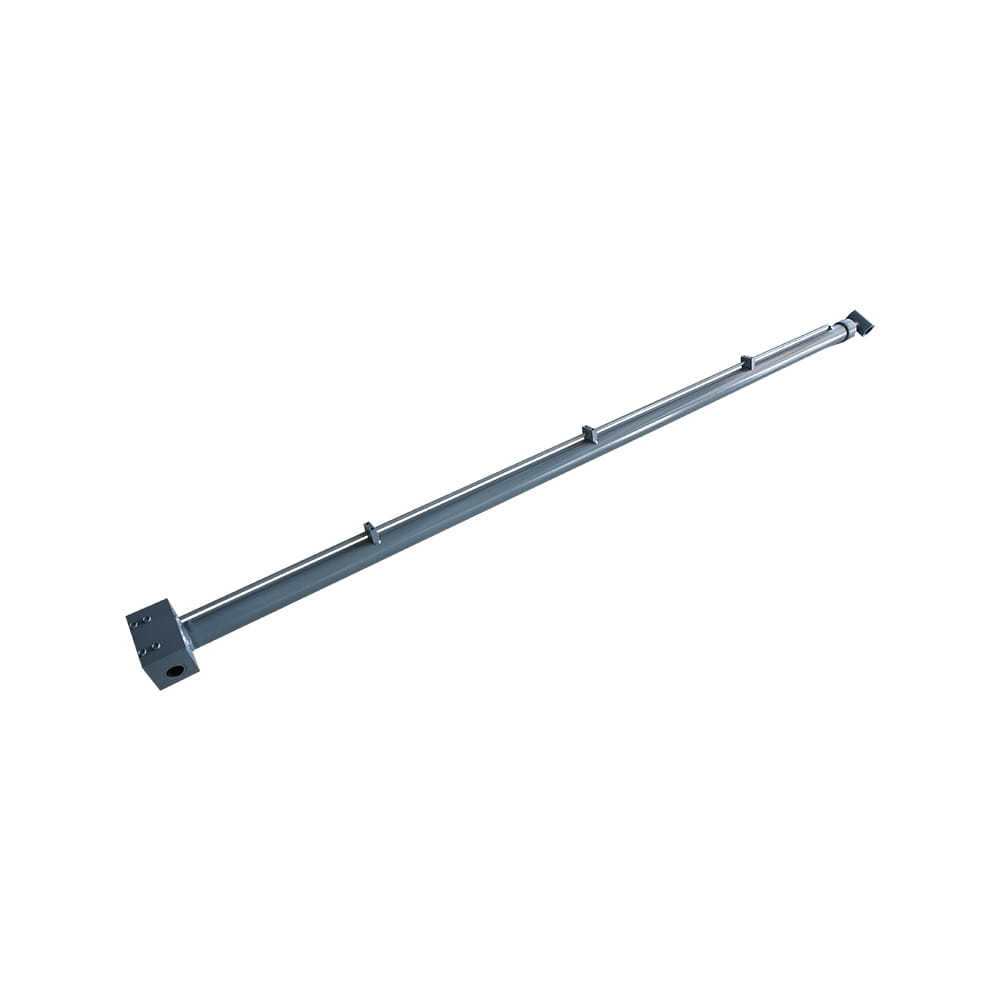 Boom Lift Aerial Platform Hydraulic Telescopic Cylinder
Boom Lift Aerial Platform Hydraulic Telescopic Cylinder
Function: Adjust the length of the arm to allow the aerial work platform to lift and move flexibly, ensuring range and height requirements.
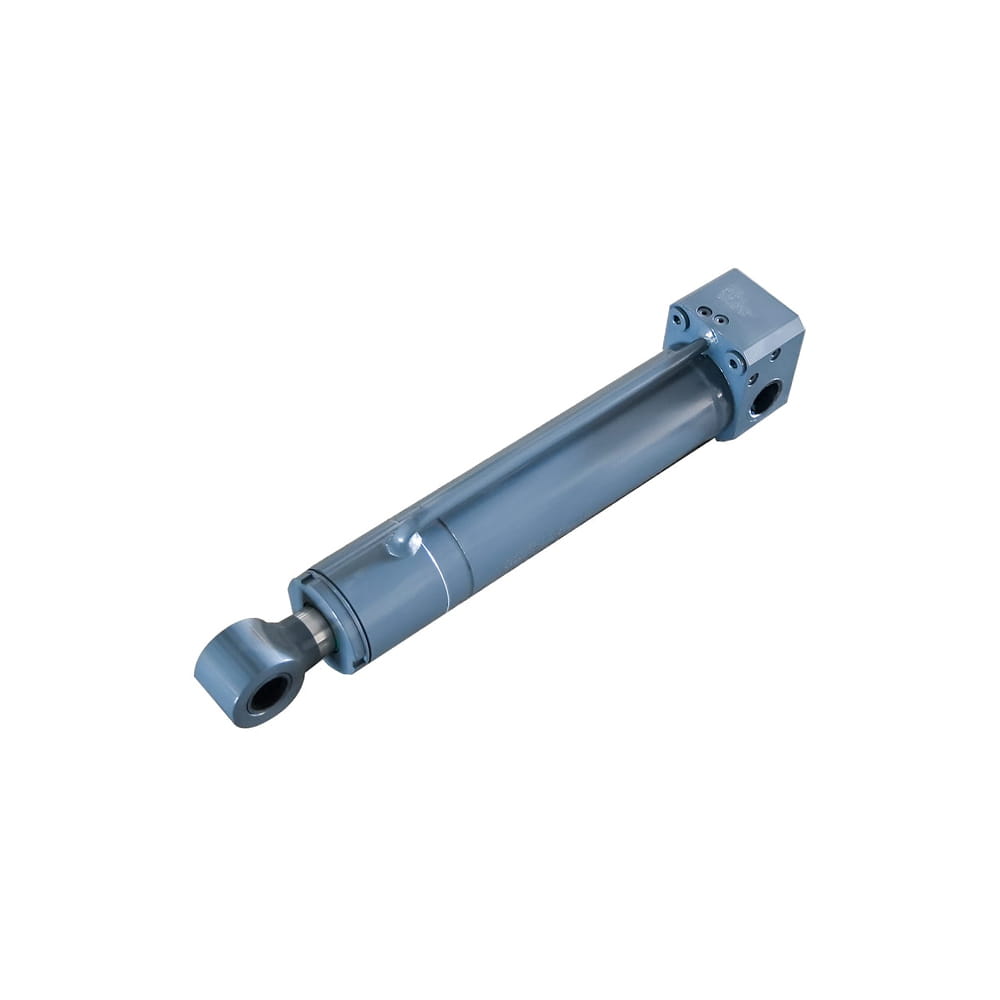 Boom Lift Aerial Platform Hydraulic Frame Leveling Cylinder
Boom Lift Aerial Platform Hydraulic Frame Leveling Cylinder
Function: Automatically adjust the chassis at the bottom of the platform to a level state, ensuring stable and wobble-free support in different terrains and wor...
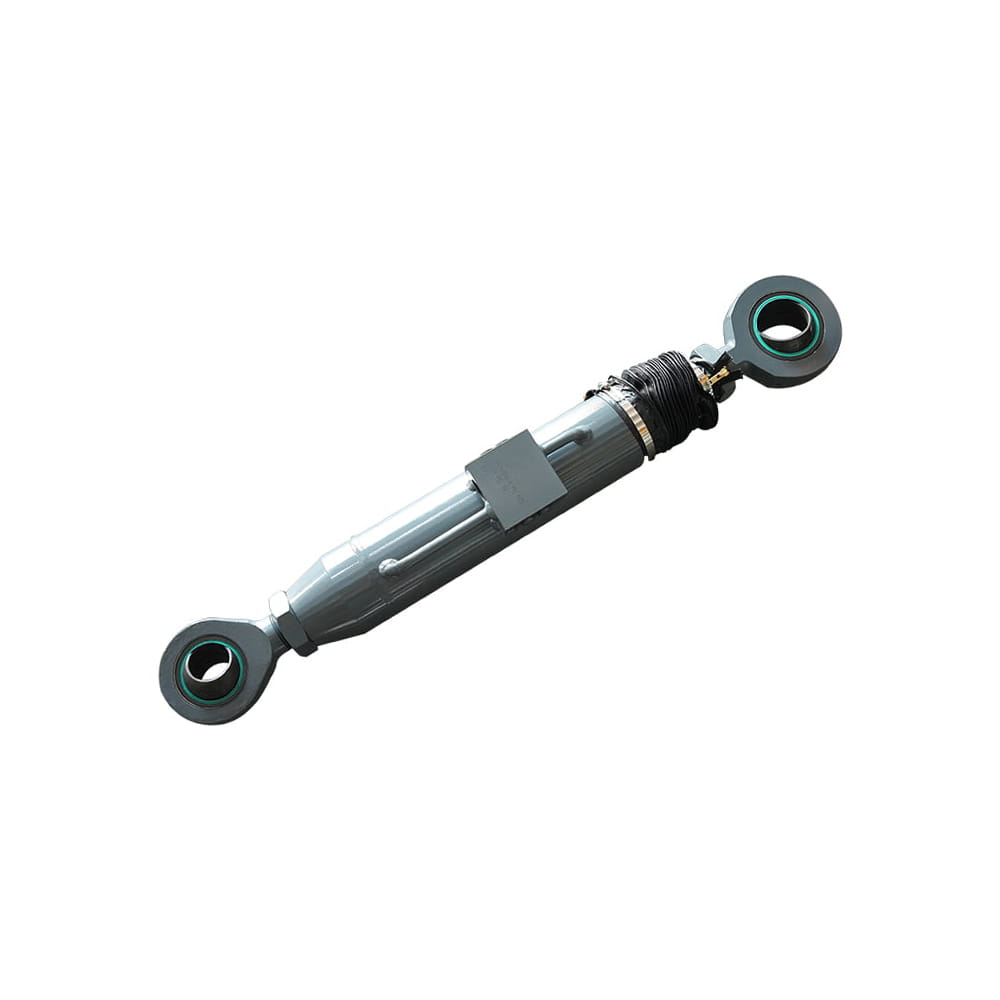 Boom Lift Aerial Platform Hydraulic Bridge Extension Cylinder
Boom Lift Aerial Platform Hydraulic Bridge Extension Cylinder
Function: An important design that enhances adaptability and working range. This function allows the platform to widen its chassis under specific conditions to ...
Copyright © by Zhejiang Huanfeng Machinery Co., Ltd. Rights Reserved.
